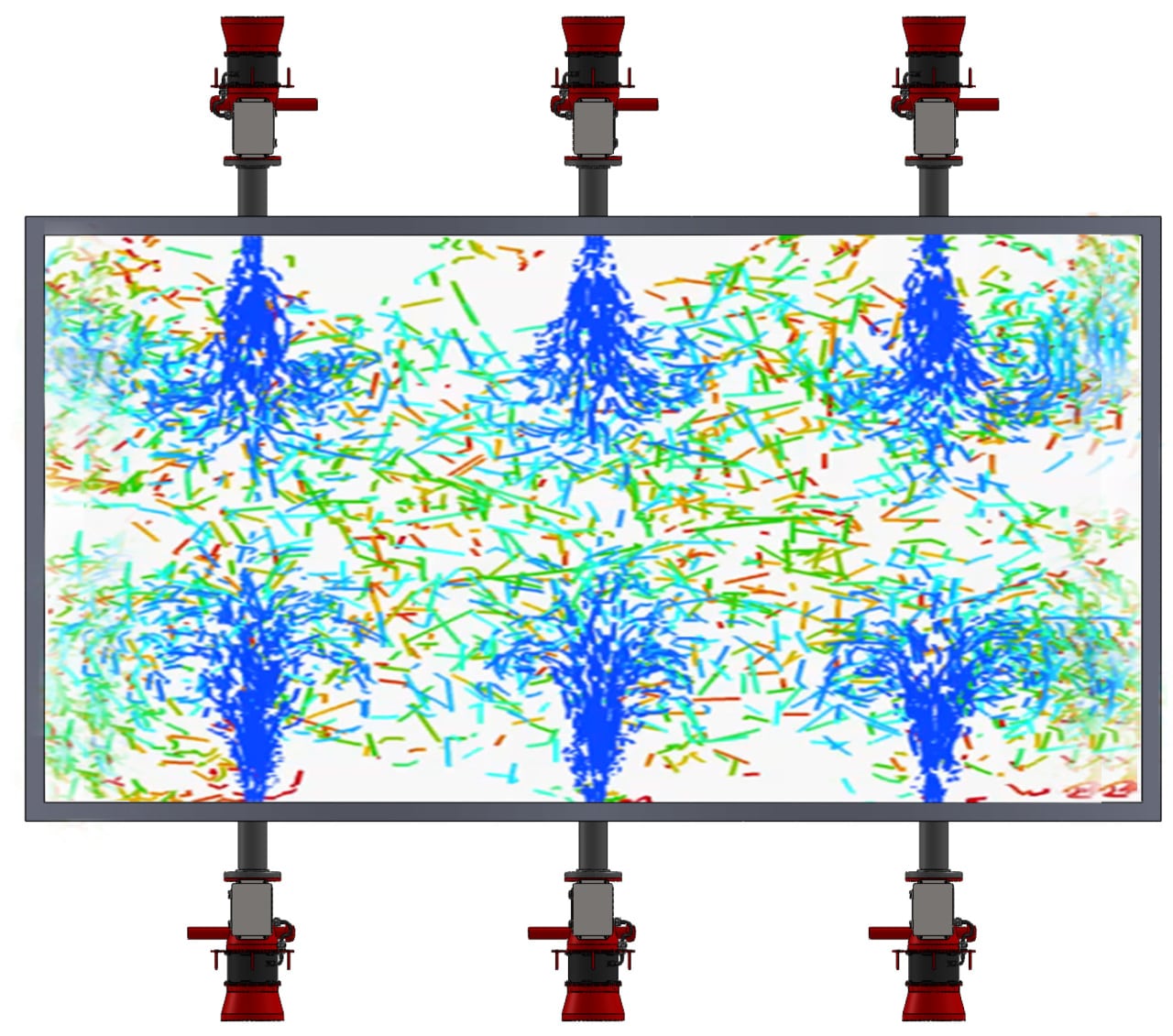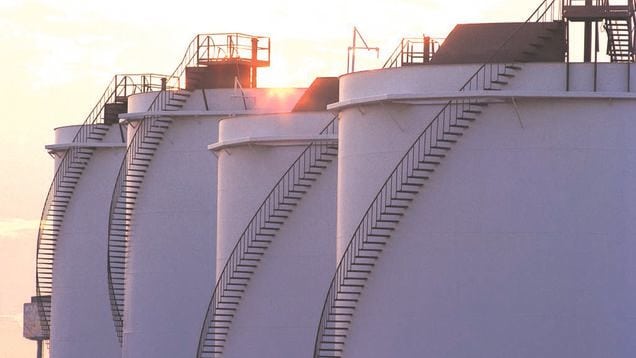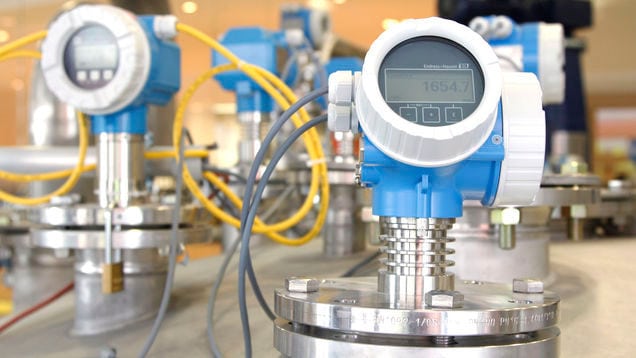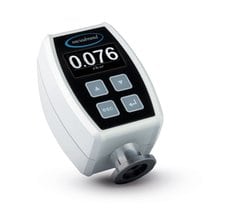
PRODUCT-PRESENTATION
Sponsored by Chemical Engineering
Presentation. Pretty simple, right? It’s a liquid, seal it in containers in a range of sizes. Yes, it seems simple, but there are a few complexities. Here’s a summary of delivery presentations for Paratherm products, which include heat transfer…





